NASA Data Exchange (DEx)
Saving SLS engineers fifteen days per review
Saving SLS engineers fifteen days per review
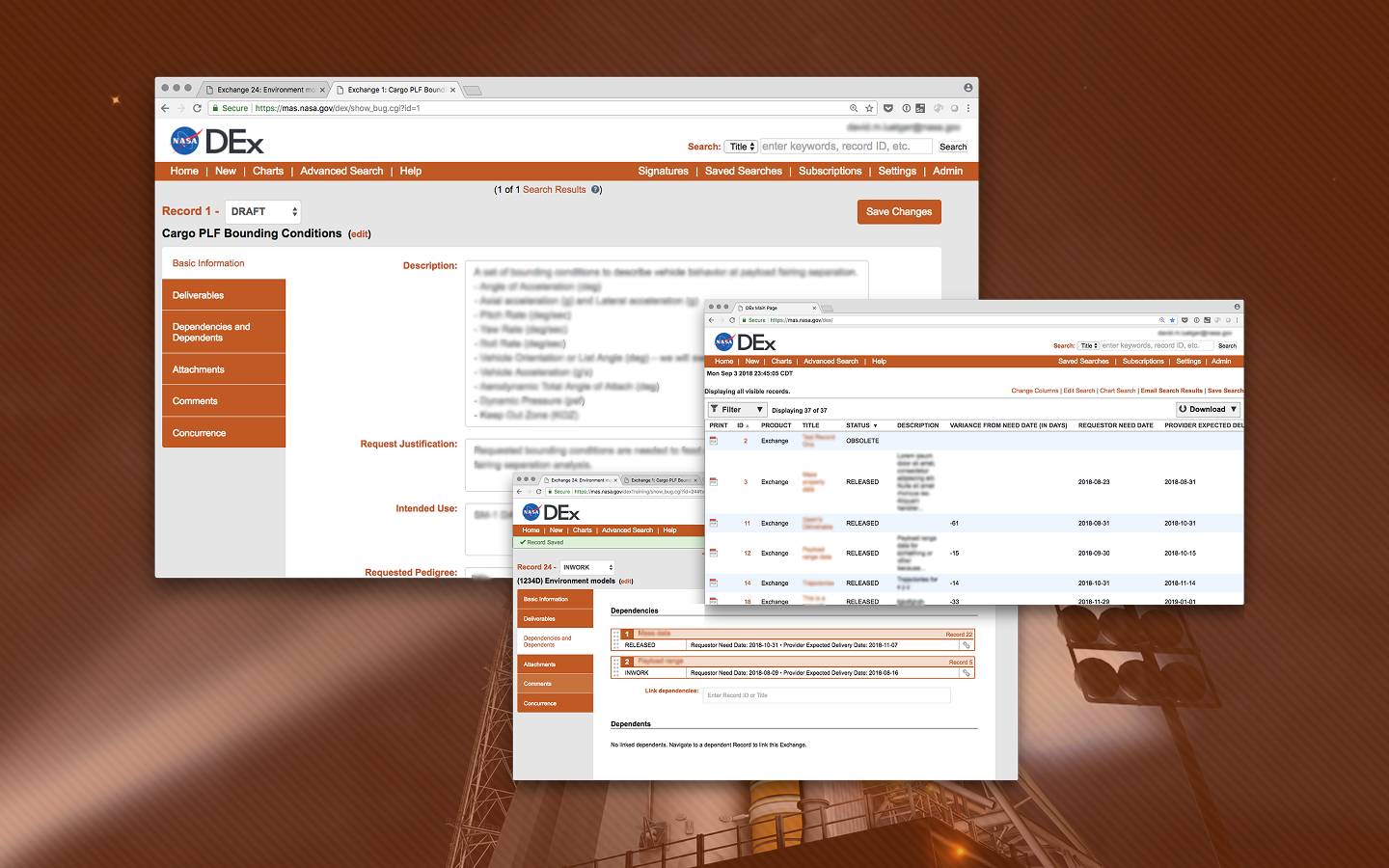
I led the research, information architecture, and design on DEx, a web application to support NASA SLS engineers' data exchange process. It halved the time required for reviews and reduced stress throughout the organization.
15 days saved per review
5 days saved for gathering each signature
NASA Space Launch System Program
UX Research + Design Lead
Perhaps the most visible part of Artemis I was the Space Launch System (SLS). Engineers and contractors had to collaborate on, exchange, and review all sorts of environment models, trajectories, drawings, schematics, tables, and more so that it could become a reality.
To keep track of everything, the folks at SLS had come up with a process for requests, signatures, and deliveries. However, it was run by a single person inside an Excel spreadsheet of ever-increasing size and complexity. Nothing was working as expected. There were many bureaucratic silos and unclear requests. Things weren’t getting delivered on time (if at all), and it took way to long to get everyone to sign off on things. While there was a process in theory, it wasn’t really being followed, creating stress and unhappiness throughout the organization.
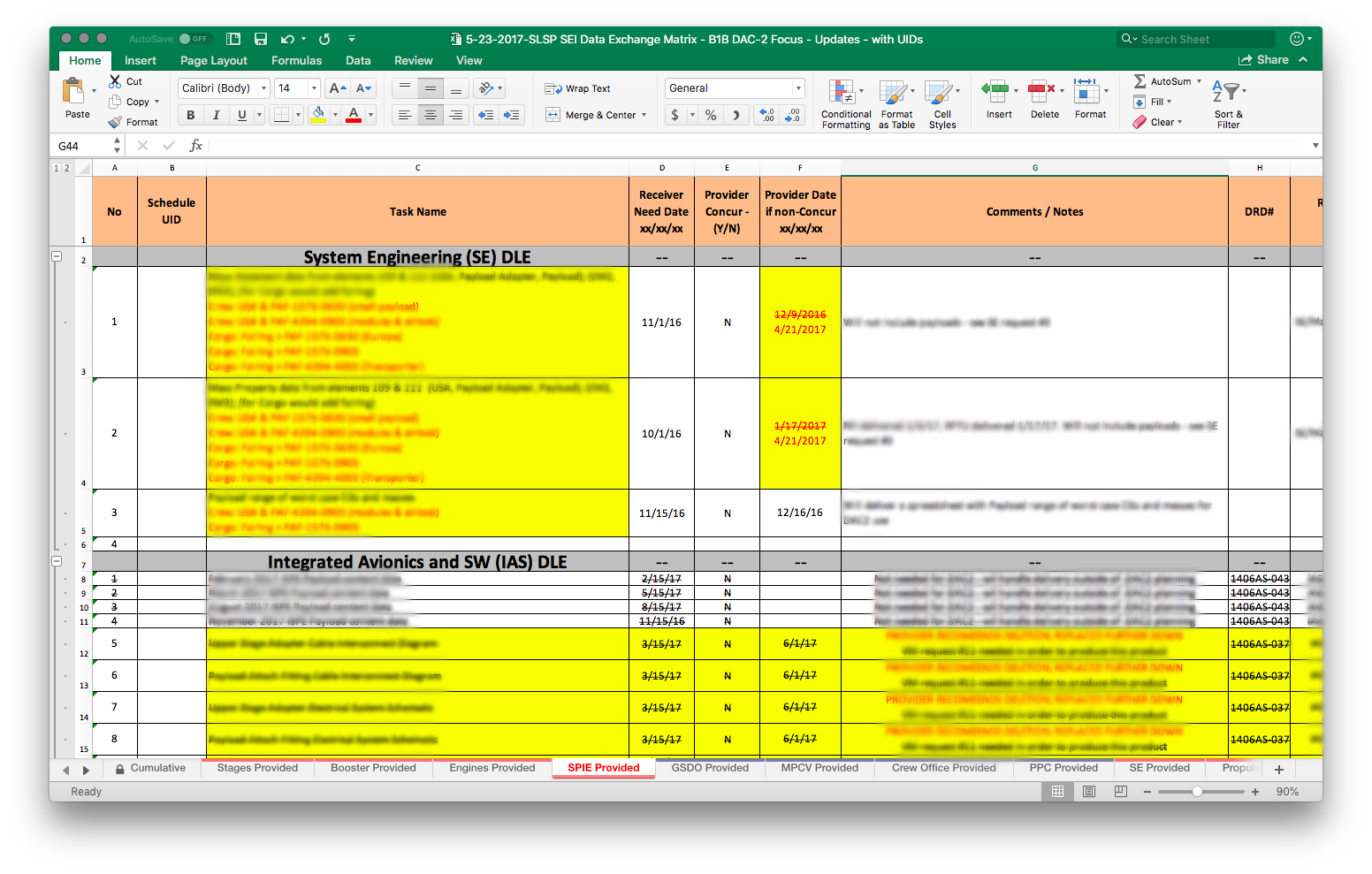
I led an end-to-end research and design cycle on this project, including:


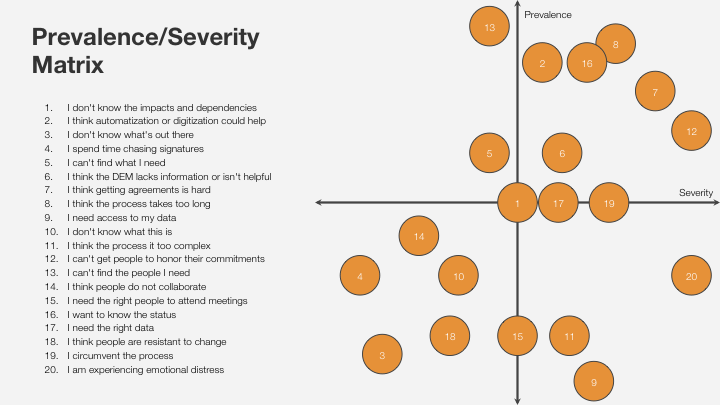
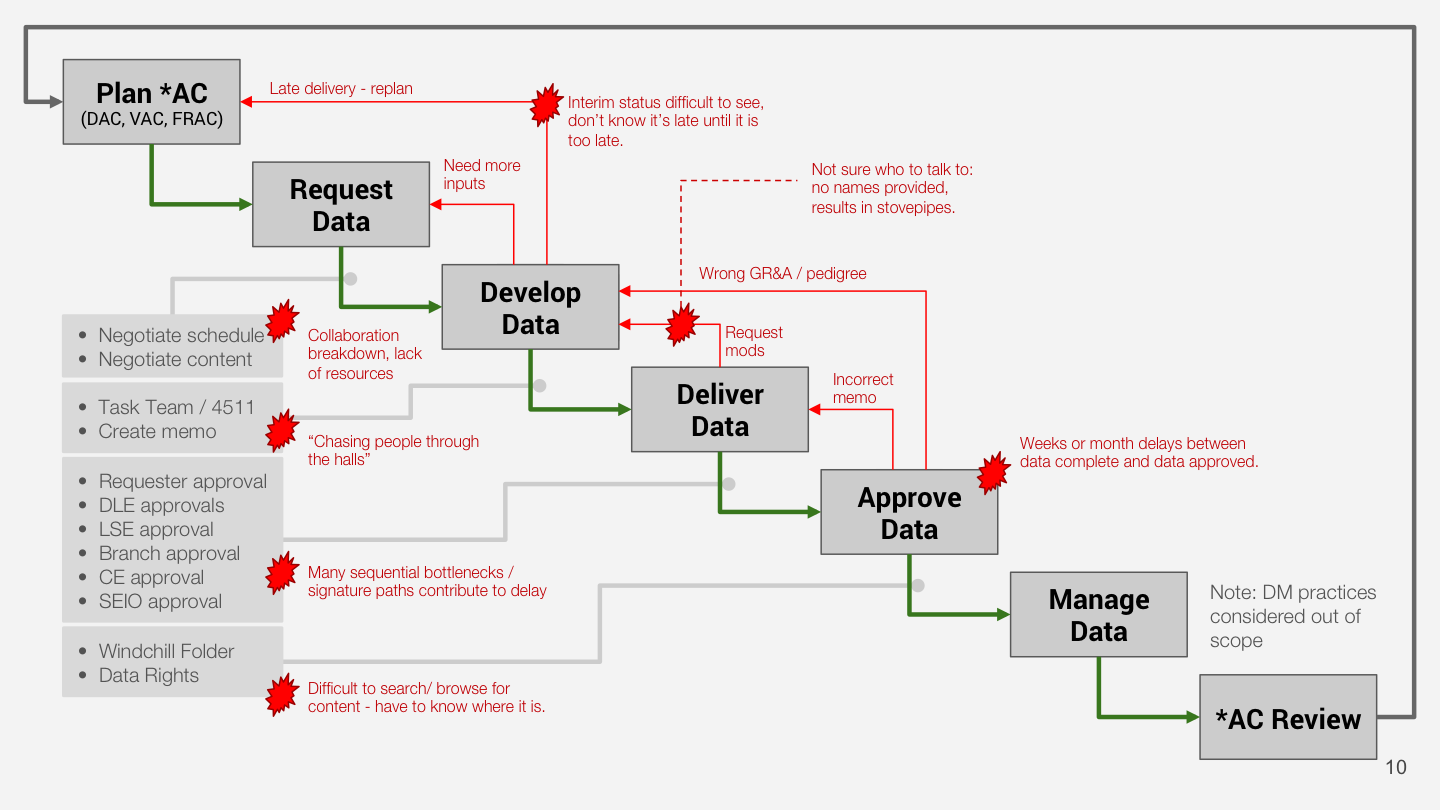
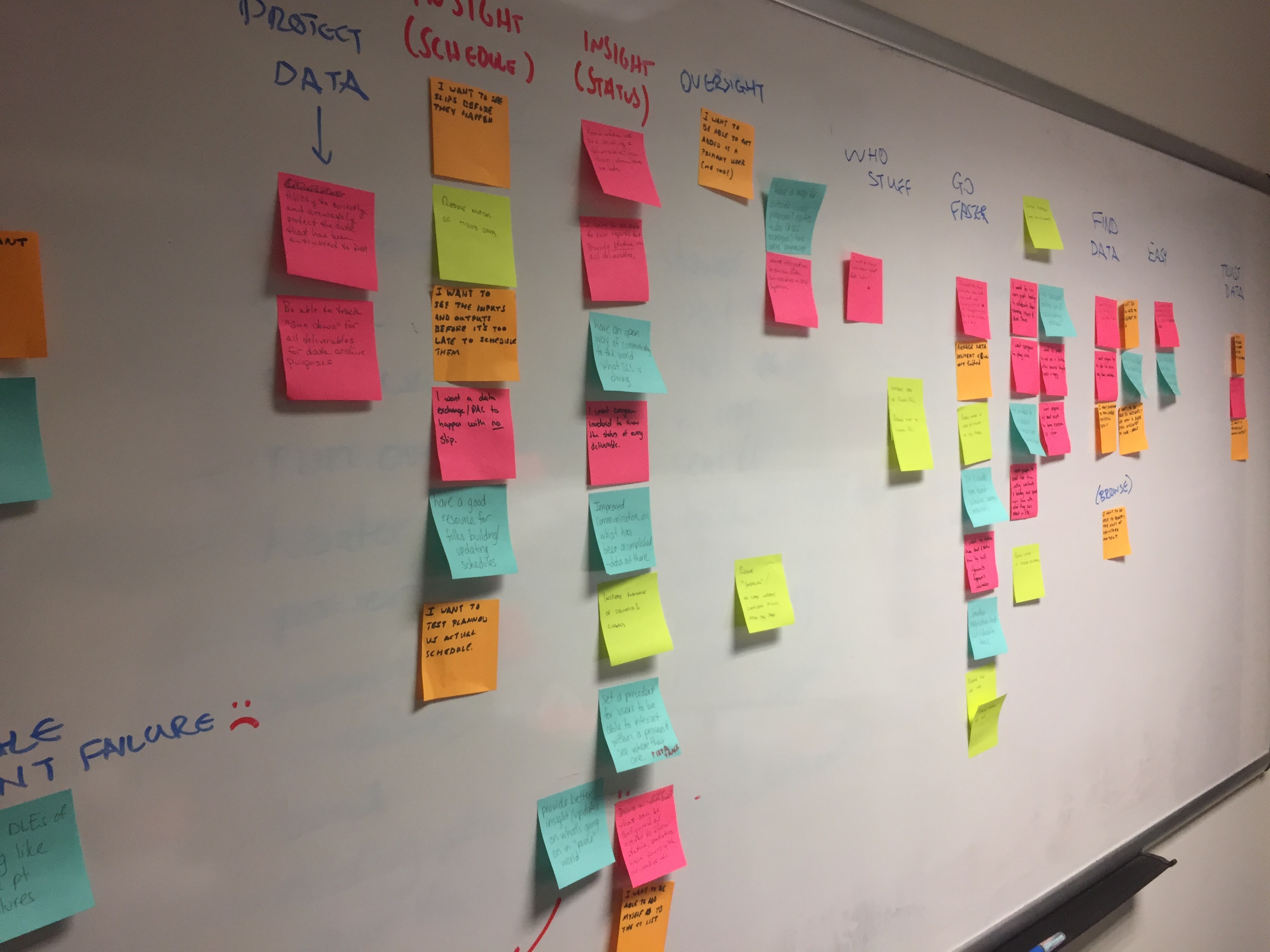

Our research revealed a few key opportunity areas we could see were most important, so we focused on solving those first. We introduced the following: